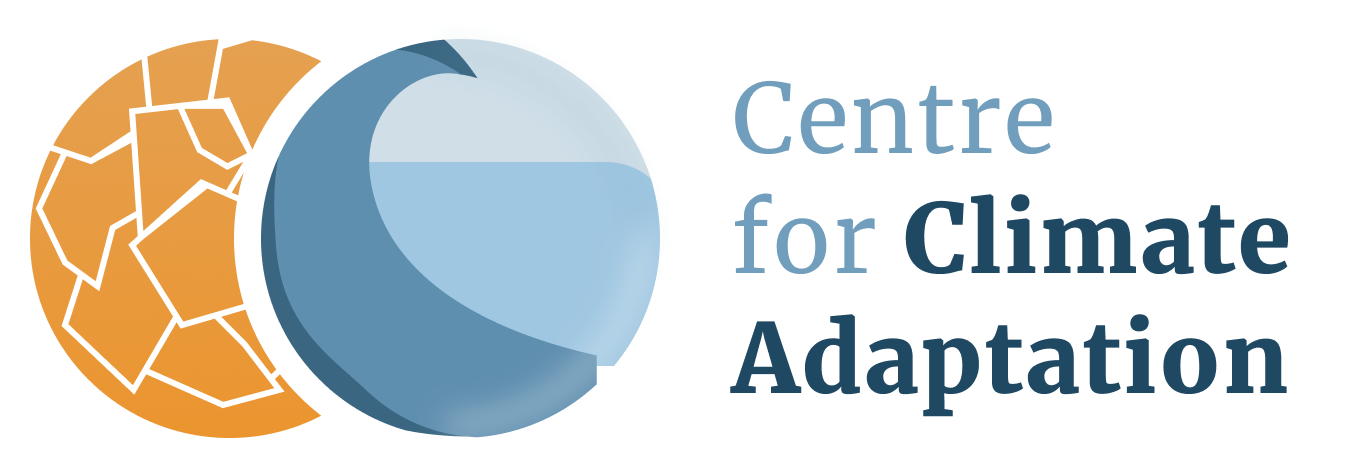Portugal
Agriculture and Horticulture
Agriculture and horticulture in numbers
Europe
Agriculture accounts for only a small part of gross domestic production (GDP) in Europe, and it is considered that the overall vulnerability of the European economy to changes that affect agriculture is low (2). However, agriculture is much more important in terms of area occupied (farmland and forest land cover approximately 90 % of the EU's land surface), and rural population and income (3).
Portugal
In 2006, 32.5% of the Portuguese mainland was covered by agriculture and 14.7% by mixed areas of agriculture and natural areas (1). Over 90% of overall water consumption in Greece, Portugal and Spain is due to agriculture (4).
Between 1985 and 2000 the agricultural areas were converted by human activities in artificial areas, forested areas and water bodies, and also abandoned and naturally converted into natural areas. A large part of the farming withdrawal was due to the construction of the Alqueva dam. The agricultural abandonment between 2000 and 2006 and the subsequent conversion of agriculture into natural areas was not significant (1).
Vulnerabilities Portugal
A decrease in all crop yields is considered, with the exception of pasture and forage crops (1). For Portugal, the change of crop yield in 2080 referred to 1990 has been estimated based on several combinations of models and scenarios; the outcomes show a decrease ranging from 4.0% to almost 30% (5,12).
Fruit production
Fruit production might be particularly vulnerable to climatic change, particularly in southern Europe (19). Fruit species have their minimum heat requirements for adequate growth, physiological development and phenology, e.g. flowering and fruit ripening (20). Many woody plants growing in temperate climates also require a certain amount of winter chill to break dormancy and prepare the plant to subsequent springtime warming (21). Temperate fruit and nut trees commonly require cool enough winters to fulfil their chilling requirements and allow normal development and harvests (22). A period of low temperatures is needed for regular budburst (chilling accumulation), while a period of warm temperatures (heat accumulation) is needed for adequate blooming and ripening. Climate change may significantly alter these conditions, thus threatening fruit production (23).
Shifts in thermal growing conditions under climate change have been assessed for eight economically relevant fruit species in Portugal (carob tree, almond tree, chestnut tree, citrus fruits, fresh fruits trees, olive trees, pine nut trees and vines). This was done for an intermediate (RCP4.5) and high-end (RCP8.5) scenario of climate change for the period 2041-2070 compared to the reference period 1981-2005. Future projections were made with four combinations of global and regional climate models (18).
Under both climate change scenarios heat accumulation increases and chilling accumulation decreases in most of Portugal. In the innermost areas of southern Portugal, however, heat accumulation decreases due to excessively high temperatures (too much heat stress). Therefore, inner southern Portugal is expected to undergo the most detrimental climatic changes for temperate fruit and nut trees. On the other hand, the northeastern areas are projected to experience an increase in heat accumulation, which may indeed be beneficial, while winter chill is expected to decrease only slightly, likely without major impacts on trees (18).
Olive yields
Currently, 95% of the world's olive oil production comes from the Mediterranean region (31). Spain, Italy and Greece alone account for around 73 % of global production. Portugal is one of the top 10 olive producers in the world, and number 4 in Europe (32). The olive crop is affected by especially temperature increase, reduction of rainfall and change in seasonal weather patterns (29). Approximately over half of olive cultivation areas are expected to experience extreme drought conditions towards the end of the century (28). Water stress leads to reduced olive production and affects oil quality as well (33).
Climate change projections for the Mediterranean Basin (moderate RCP4.5 and high-end RCP8.5) suggest that olive productivity in Southern Europe will probably decrease in the western areas, particularly in the Iberian Peninsula (24). These results are in agreement with older studies (25). Conversely, climate change will tend to benefit some olive-producing areas particularly in the eastern parts of Southern Europe (Italy, Greece). These projections refer to the period 2041-2070 in comparison to the period 1989-2005 as a reference. Although the overall higher temperatures in the growing season and higher CO2 may have positive impacts, other factors, such as extreme temperatures during the warmer part of the year, and additional threats such as the risk of pests and diseases, may offset this positive effect (24). Thus, climate change may negatively impact the viability of farms in the south of Portugal and Spain and, consequently, increase the risk of abandonment of olive groves (26,30).
Across the main olive-farming regions over southern Europe, the future increase in CO2 concentration may compensate the negative effects of higher evaporative demand and diminished water supply resulting in an enhancement of water use efficiency and carbon capture potential in olive orchards. Under a moderate (scenario RCP4.5) and high-end scenario (RCP8.5) of climate change a decrease in yield up to 28 % is expected over the Iberian Peninsula while yield is expected to increase up to 26 % over the centre of the Mediterranean by the end of this century (27).
Vulnerabilities Europe - Climate change not main driver
Socio-economic factors and technological developments
Climate change is only one driver among many that will shape agriculture and rural areas in future decades. Socio-economic factors and technological developments will need to be considered alongside agro-climatic changes to determine future trends in the sector (3).
From research it was concluded that socio-economic assumptions have a much greater effect on the scenario results of future changes in agricultural production and land use then the climate scenarios (6).
The European population is expected to decline by about 8% over the period from 2000 to 2030 (7).
Scenarios on future changes in agriculture largely depend on assumptions about technological development for future agricultural land use in Europe (6). It has been estimated that changes in the productivity of food crops in Europe over the period 1961–1990 were strongest related to technology development and that effects of climate change were relatively small. For the period till 2080 an increase in crop productivity for Europe has been estimated between 25% and 163%, of which between 20% and 143% is due to technological development and 5-20% is due to climate change and CO2 fertilisation. The contribution of climate change just by itself is approximately a minor 1% (8).
Care should be taken, however, in drawing firm conclusions from the apparent lack of sensitivity of agricultural land use to climate change. At the regional scale there are winners and losers (in terms of yield changes), but these tend to cancel each other out when aggregated to the whole of Europe (6).
Future changes in land use
If technology continues to progress at current rates then the area of agricultural land would need to decline substantially. Such declines will not occur if there is a correspondingly large increase in the demand for agricultural goods, or if political decisions are taken either to reduce crop productivity through policies that encourage extensification or to accept widespread overproduction (6).
Cropland and grassland areas (for the production of food and fibre) may decline by as much as 50% of current areas for some scenarios. Such declines in production areas would result in large parts of Europe becoming surplus to the requirement of food and fibre production (6). Over the shorter term (up to 2030) changes in agricultural land area may be small (9).
Although it is difficult to anticipate how this land would be used in the future, it seems that continued urban expansion, recreational areas (such as for horse riding) and forest land use would all be likely to take up at least some of the surplus. Furthermore, whilst the substitution of food production by energy production was considered in these scenarios, surplus land would provide further opportunities for the cultivation of bioenergy crops (6).
Europe is a major producer of biodiesel, accounting for 90% of the total production worldwide (10). In the Biofuels Progress Report (11), it is estimated that in 2020, the total area of arable land required for biofuel production will be between 7.6 million and 18.3 million hectares, equivalent to approximately 8% and 19% respectively of total arable land in 2005.
The agricultural area of Europe has already diminished by about 13% in the 40 years since 1960 (6).
Adaptation strategies
Options to address increases in water scarcity in agriculture include (4):
- Within the agriculture sector efficiency gains, in terms of water use per unit area, of up to 50% are thought to possible through switching irrigations technologies from gravity to drip or sprinkler feed systems;
- Conservation tillage, the practice of leaving some of the previous season’s crop residues on the soil surface;
- establish native varieties of forests or grassland, or to allow natural regeneration;
- Small scale water conservation measures;
- Other options include changing crop types and management practices to one which are less water demanding and better adapted to climate conditions under water scarcity. In the south of Europe, short season cultivars that are planted earlier are more likely to reach maturity in advance of the arrival of extreme high summer temperatures, thus avoiding injury from heat and water stress (13). The rice sector in Spain, Portugal and Greece is particularly vulnerable (14). Water availability is likely to become the major driver of future land use, precipitating land use changes;
- Biotechnology.
Model calculations (16) show that over the Mediterranean basin:
- an advanced sowing time may result in a successful strategy especially for summer crops. The advancement of anthesis and grain filling stages allowed the summer crops to partially escape the heat waves and drought;
- irrigation highly increase the yield of the selected crops. In general, requirements for summer crops were larger than for winter crops. Accordingly, the beneficial effects of this strategy were more evident for summer crops.
The use of irrigation to tackle summer water stress in southern Europe include a number of structural adaptations for enhancing water storage via increasing storage capacity for surface water (construction of retention reservoirs and dams), and groundwater (aquifer recharge); rainwater harvesting and storage; conjunctive use of surface water and groundwater; water transfer; desalination of sea water; removing of invasive non-native vegetation; and deep well pumping (17).
Olive yields
With respect to the olive sector, an adequate and timely planning of suitable adaptation measures needs to be adopted, including the improvement of water use efficiency (smart irrigation strategies), growing hedges and windbreaks to decrease olive trees evapotranspiration, using specific cover crops for soil management, the implementation of intensive plantation systems instead of traditional olive groves, selecting more adapted olive tree varieties, with higher drought and heat tolerance, and for the longer-term the northward shift of olive tree cultivation and/or its displacement to higher elevations to avoid areas with severe/extreme heat stress (24,30).
Fruit production
Projected shese shifts in thermal growing conditions may represent a major challenge to the Portuguese fruit species, particularly for the highest chill demanding species (chestnuts, apples and cherries), while it may represent an opportunity for spreading high heat demanding species, including plantation of new fruit species in the warmest areas (e.g. subtropical fruit species). The long-term investment nature of orchards adds urgency to the adaptation challenge. A timely planning of suitable adaptation measures may, however, mitigate future losses and warrant the future sustainability of this sector (18).
Policy adaptation - mitigation
Policy will have to support the adaptation of European agriculture to climate change by encouraging the flexibility of land use, crop production, farming systems etc. In doing so, it is necessary to consider the multifunctional role of agriculture, and to strike a variable balance between economic, environmental and social functions in different European regions. Policy will also need to be concerned with agricultural strategies to mitigate climate change through a reduction in emissions of methane and nitrous oxide, an increase in carbon sequestration in agricultural soils and the growing of energy crops to substitute fossil energy use. The policies to support adaptation and mitigation to climate change will need to be linked closely to the development of agri-environmental schemes in the European Union Common Agricultural Policy (15).
A lot of information on adaptation strategies is presented on this website on the pages for other southern European countries such as Spain, Greece and Italy.
References
The references below are cited in full in a separate map 'References'. Please click here if you are looking for the full references for Portugal.
- Portuguese Environment Agency with the cooperation of Ecoprogresso – Environment and Development Consultants, SA (2009)
- EEA (2006), in: EEA, JRC and WHO (2008)
- EEA, JRC and WHO (2008)
- Anderson (ed.) (2007)
- EEA (2003)
- Rounsevell et al. (2005)
- UN (2004), in: Alcamo et al. (2007)
- Ewert et al. (2005), in: Alcamo et al. (2007)
- Van Meijl et al. (2006), in: Alcamo et al. (2007)
- JNCC (2007), in: Anderson (ed.) (2007)
- European Commission (2006), in: Anderson (ed.) (2007)
- Ciscar et al. (2009), in: Behrens et al. (2010)
- Maracchi et al. (2005), in: Anderson (ed.) (2007)
- Agra Europe (2007), in: Anderson (ed.) (2007)
- Olesen and Bindi (2002)
- Moriondo et al. (2010)
- Kundzewicz et al. (2007), in: Moriondo et al. (2010)
- Santos et al. (2017)
- Atkinson et al. (2013), in: Santos et al. (2017)
- Ikinci et al. (2014), in: Santos et al. (2017)
- Schwartz and Hanes (2010), in: Santos et al. (2017)
- Campoy et al. (2011); Darbyshire et al. (2011); Legave et al. (2010), all in: Santos et al. (2017)
- Campoy et al. (2011); Luedeling et al. (2011a), both in: Santos et al. (2017)
- Fraga et al. (2019)
- Ponti et al. (2014); Tanasijevic et al. (2014), both in: Fraga et al. (2019)
- de Graaff et al. (2010), in: Fraga et al. (2019)
- Mairech et al. (2021)
- Ceglar et al. (2024)
- Grillakis et al. (2022); Caselli and Petacchi (2021); Fraga et al. (2020); Ponti et al. (2014)
- Freitas et al. (2024)
- Viola et al. (2013), in: Freitas et al. (2024)
- FAOSTAT (2023), in: Freitas et al. (2024)
- Orlandi et al. (2020), in: Freitas et al. (2024)




